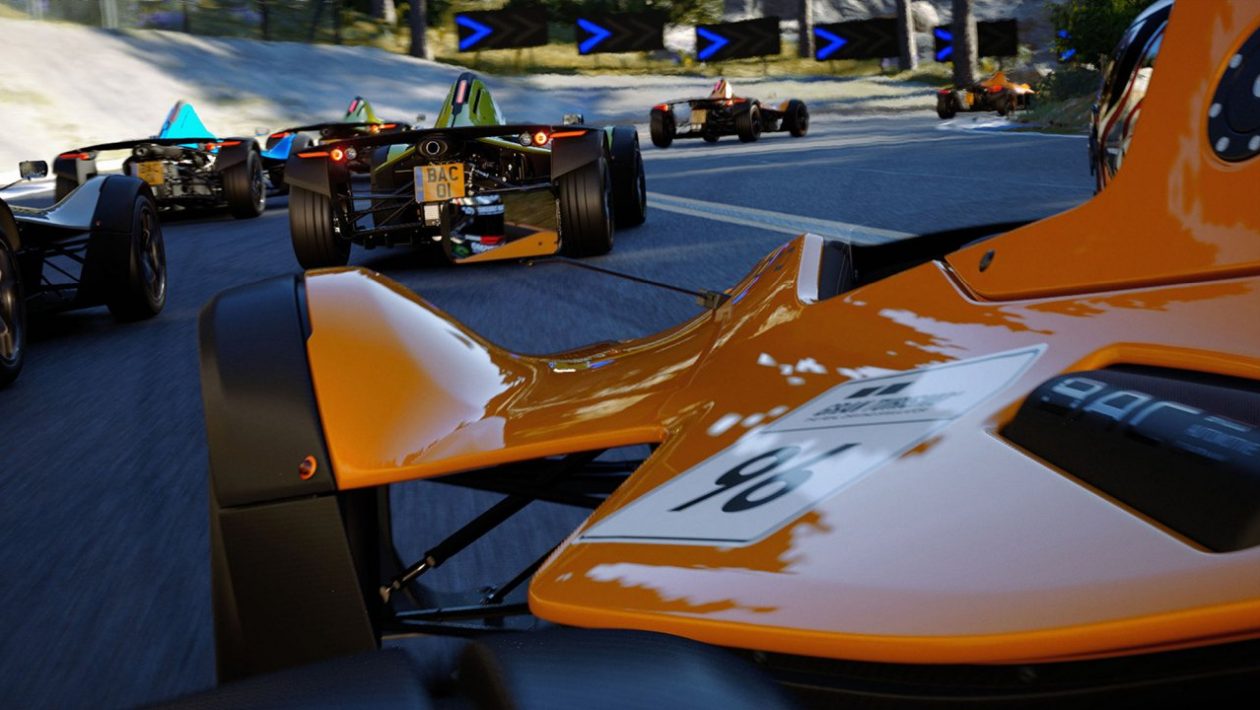After Pac-Man, artificial intelligence also created the GTA V -apkrig
About a year ago, we wrote on Vortex about GameGAN technology from Nvidia, which is able to monitor the progress of virtually any game and turn it into your own game. Last May, people from Nvidia Research took the legendary Pac-Man, who celebrated 40 years of existence, as an example and let GameGAN create their own version. Sure, the resulting image suffered from a lot of artifacts, but if you think about the look, artificial intelligence odkoukala all the rules, limits and regularities of the game, which then allowed the player to directly control the player in its own service. Simply put, during training, AI has come so far as to allow anyone to enter their own neural network, influence it in real time, and respond accordingly with many changes. But something similar has now been accomplished on a much larger scale, and the target game – which the heavily modified GameGAN was to transform into its own form – was Grand Theft Auto V.
Behind the GAN Theft Auto project is youtuber and programmer Harrison Kinsley, who collaborated with the main author of the described Pac-Man project, Daniel Kukiela. In order to move from a simple 40-year-old game to something more modern, they borrowed a DGX A100 workstation from Nvidia, which is equipped with 320 GB of VRAM and a 64-core server processor from AMD. This gave them enough power to let the first part of the GameGAN track the boot created for this purpose, driving with the car along a short section of the highway in GTA V, and have the second part of the technology start producing the resulting playable demo. Unfortunately, the pair of programmers did not have much time to train artificial intelligence – they were limited by the loan period of the described station – but at one point they could have AI trained in twelve sequences and worked through the data relatively quickly.
As training time increased, so did the resulting “game,” as artificial intelligence began to include collision-related rules.
The first playable result came from just 60 repetition cycles of all twelve boots, and it already looks – again, given the possibilities – very good. As Kinsley describes, although the image is in very low resolution, reflections are visible on the car, the car also casts a shadow, and most importantly – everything can be controlled with basic commands. As training time increased, so did the resulting “game,” as artificial intelligence began to include collision-related rules. First with the walls of the highway so that the vehicle would not fall into the water (even though the AI did not see it, so it could not simulate it) and later also with other vehicles. As Kinsley describes, the collision interpreted the collision in its own way and in one case avoided it due to halving another vehicle so that the car being controlled can pass. Later, however, AI calculated with physics, the resistance that the other vehicle puts if you are still trying to turn in its direction, and other details that reveal the future possibilities of artificial intelligence.
Of course, the graphics were also improved, which did not reach the result you would expect from GTA V in the allotted time, but a really large amount of detail was added, including information about the surroundings of the highway or objects in the background. The fact that artificial intelligence depicted everything in accordance with the input from the player, Kinsley was sincerely surprised several times, and the whole experiment only opens the door to other possibilities and eventualities of game development.


